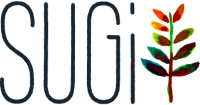
A London Borough’s Vision of Urban Restoration
0
Forests
0
Trees
0
Square Meters
0
Native Species
SUGi is partnering with the Borough of Barking & Dagenham’s Ranger Service on a bold plan to bring Nature closer to all its residents. Our collaboration began when an ambitious coalition of civic and community leaders formed to support the creation of a forest in Parsloes Park, Dagenham, to honor all the front liners and regular citizens fighting COVID-19. This historic project, known as the 'Forest of Thanks', is now the largest Miyawaki Forest in the UK and Europe.
SUGi has since created ten more pocket forests for the Barking & Dagenham community.
It’s our hope that with the borough’s inspired leadership, we can together rewild even more schools and neighborhoods to make Barking & Dagenham a showcase of how to rebuild the web of life and restore health and wellness for all species and all people.

Forest of Thanks
Since its planting in 2020, Forest of Thanks has become a well-loved green space by the local community. Located within Parsloes Park, dog walkers often pass by and appreciate the contrast it provides to the surrounding bare lawns and fields.
The forest is growing in ideal conditions - with open space, ample sunlight, and rich, fertile soil. The wild cherry trees (Prunus avium), birch (Betula pendula) and goat willow (Salix caprea) are all thriving.
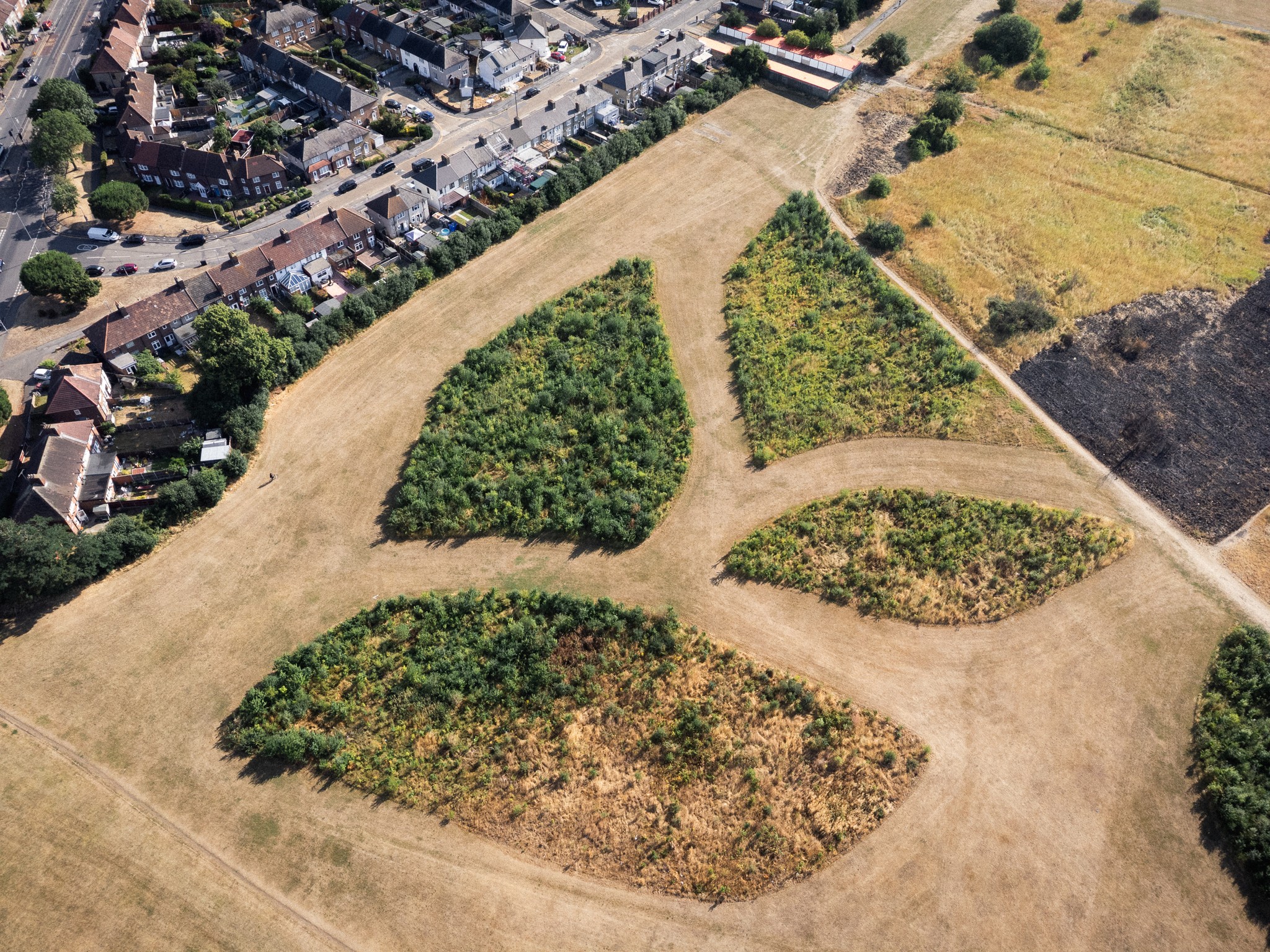

Thames View Forest
Planted in 2021 in one of London’s most polluted areas, Thames View Forest is home to a variety of wildlife that differs from that found in other London forests. This school forest provides much-needed access to nature for children who have little green space in their daily lives. The forest supports the science curriculum, offering hands-on exposure to biodiversity and giving students an active role in boosting the ecological richness of their community.
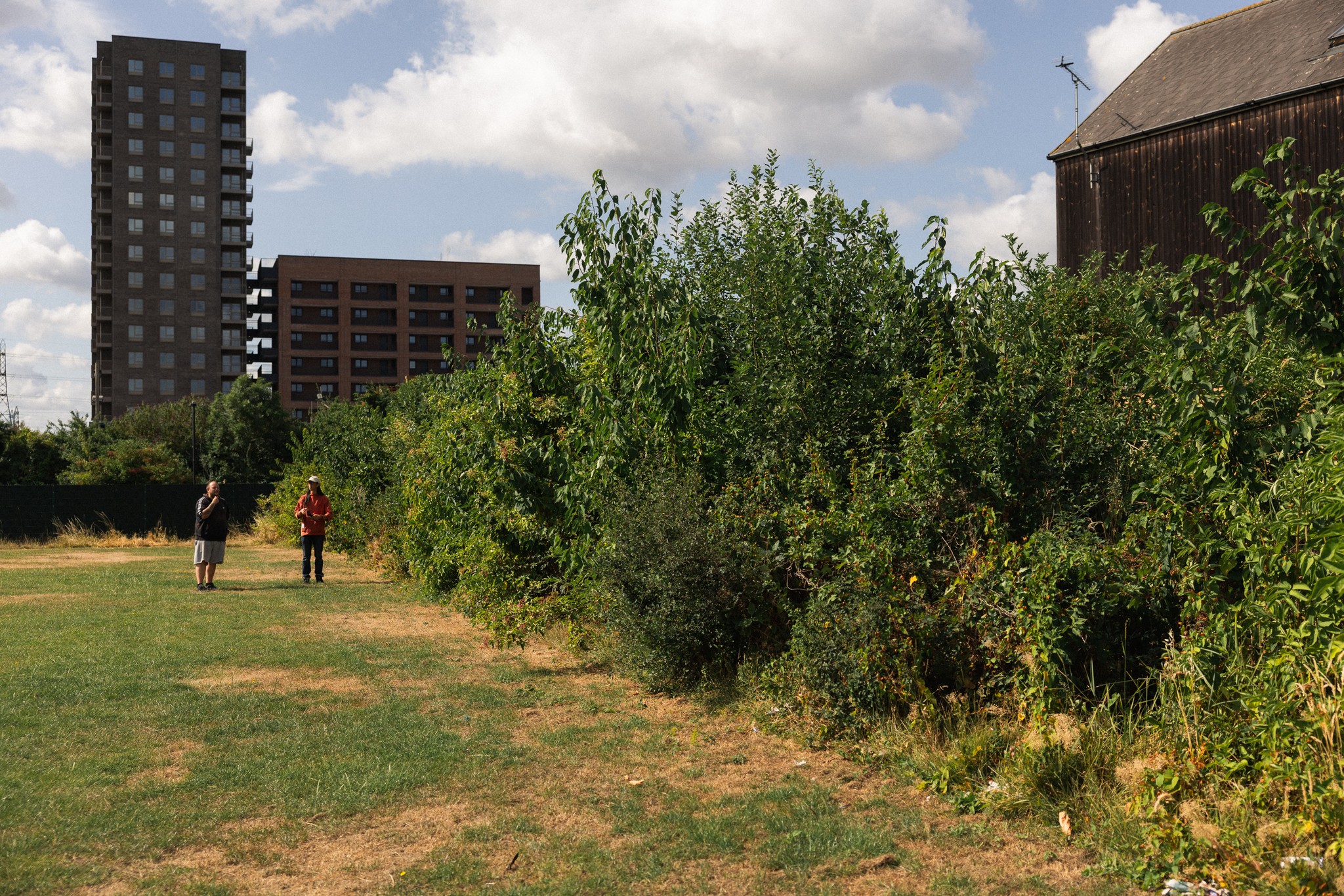
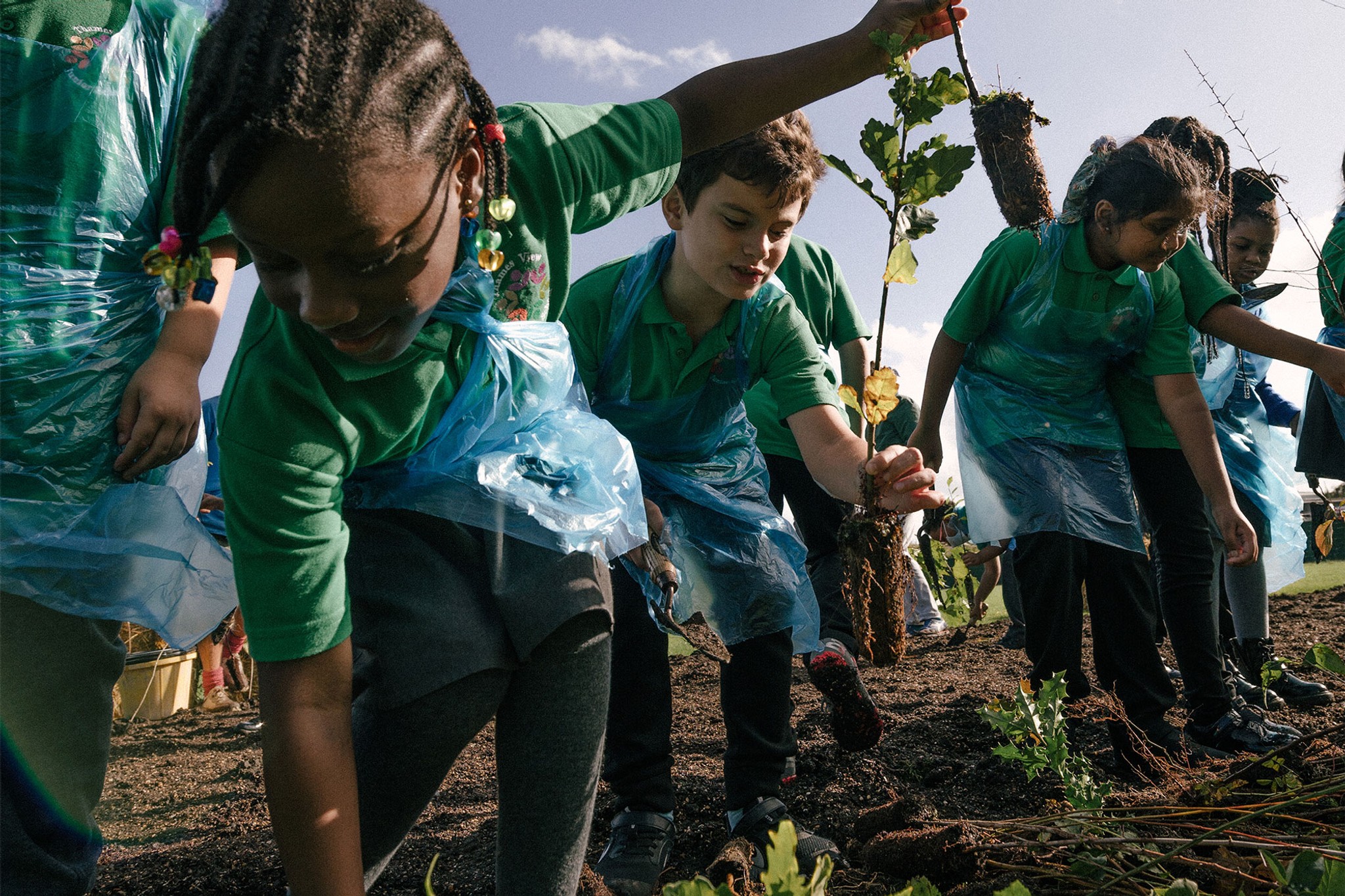

Castle Green Forest
Planted in 2021, Castle Green Forest has grown incredibly well. By 2024, the birch (Betula pendula) and elder (Sambucus nigra) trees stood at nearly 3 meters. The elder, in particular, boasts thick, dense foliage and has produced flowers and berries year-round. The early flowering willows (Salix caprea) have also attracted an abundance of pollinators, with a noticeable increase in bee activity observed during the spring of 2024.

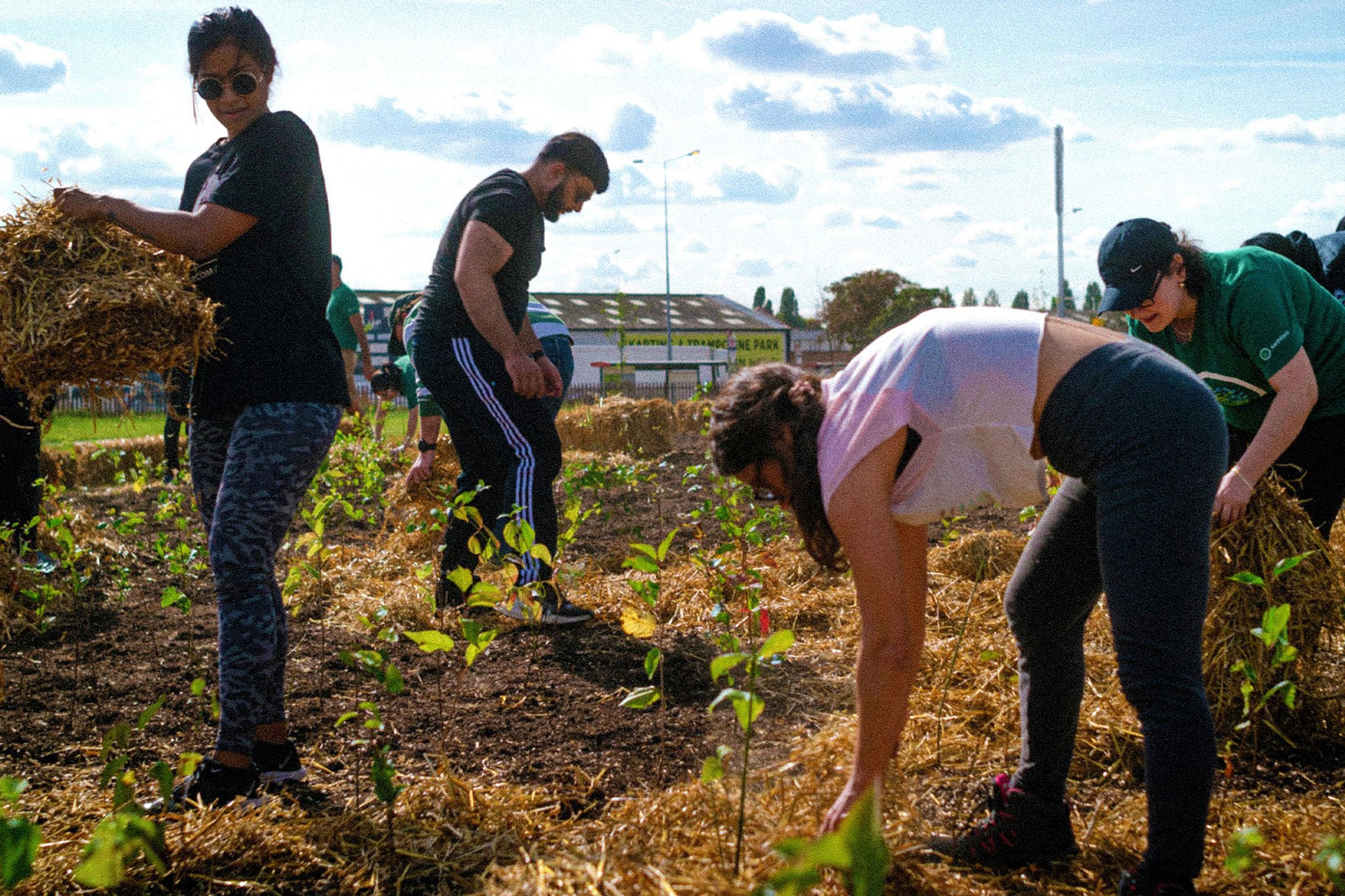

Castle Green Forest II
Planted in 2021, Castle Green II has become a sanctuary for biodiversity in East London. The fast growing elder (Sambucus nigra) and wild cherry (Prunus avium) trees provide a great habitat for the local wildlife, with rabbit warrens and fox dens spotted within the forest. There have even been sightings of fox cubs playing and sunbathing in the adjacent meadow, a heartwarming reminder of the wildlife that shares London as its home.



East London I — Natura Nostra Forest
Planted in 2022, ‘East London I – Natura Nostra Forest’ captures the essence of a primordial forest. The ground cover plants - all self-seeded - cover the forest floor and have created a lush, verdant space, with shorter trees lining the front edge and leading into a taller, densely branched area.

“The Leaders of the Borough of Barking & Dagenham and SUGi have come together to create the largest Miyawaki Forest in the UK as a symbol of resilience, hope, and healing for the local community and the UK as a whole. It’s a very special moment for all of us.”
Cllr Ashraf, Deputy Leader and Cabinet Member for Community Leadership and Engagement.

Eastbrook Forest
Planted in 2022, this forest is cherished by both students and teachers at Eastbrook School, now woven into the curriculum through a program aimed at enriching students’ experiences beyond the classrooms. The initiative includes ‘50 things pupils should do before leaving school’, with spending time in the forest being a key activity.
One of the main goals of the project was to connect children with Nature, so it has been wonderful to see this vision come to life. The forest is also strategically placed between the school building and the playing fields, acting as an effective buffer that shields studying students from the noise and activity of their peers at play.

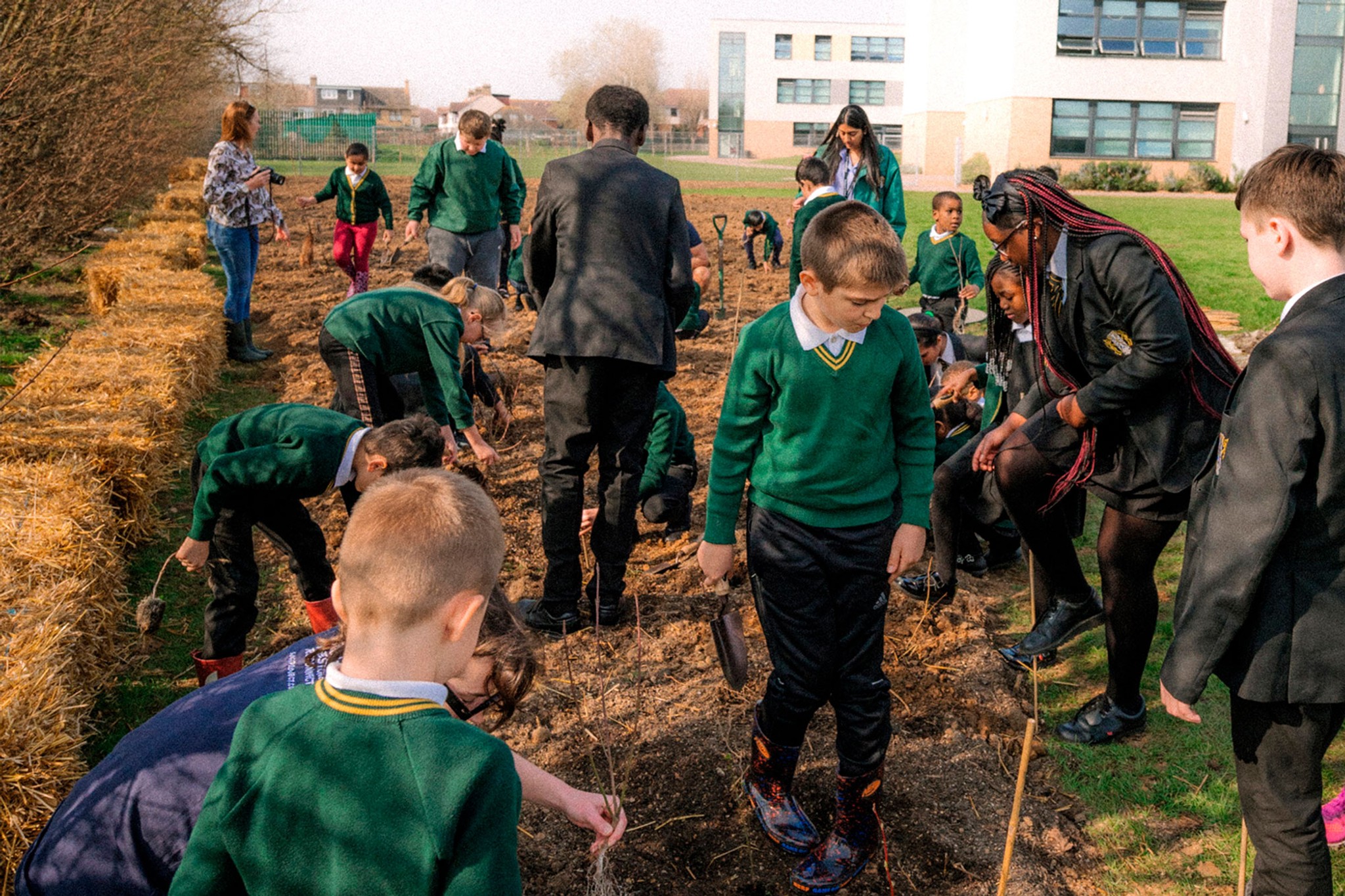

The Bridging Forest
We have planted The Bridging Forest at Castle Green Recreation Ground - a valued community space used for sports, dog walking, and recreation. The area continues to face challenges from heavy road traffic and nearby industrial activity, which contribute to elevated levels of air pollution, particularly nitrogen dioxide and particulate matter. These remain key concerns for the council, especially in the surroundings of Ripple Road, where pollution levels are significantly higher.



Harmony Forest
An outdoor classroom of 674 Sq m has been created on the grounds of William Ford Church of England School in Dagenham.
The purpose of this project is to establish a vital ecological corridor that supports biodiversity and enhances the educational experience of pupils. By planting native trees and a fruit orchard, we can see the return of a thriving, sustainable ecosystem to this barren land.
The initiative promotes a healthier environment for the school community and a greener landscape, reverting to what existed before.



St Peter's Forest
Planted in March 2023 as part of SUGi’s mission to restore ecological richness in East London and create a living, native ecosystem for the school community. While the forest has faced challenges and many trees have struggled to establish, it remains an important step in regenerating the land. With ongoing care and natural resilience, the site holds the potential to recover and grow into a thriving, self-sustaining ecosystem over time.
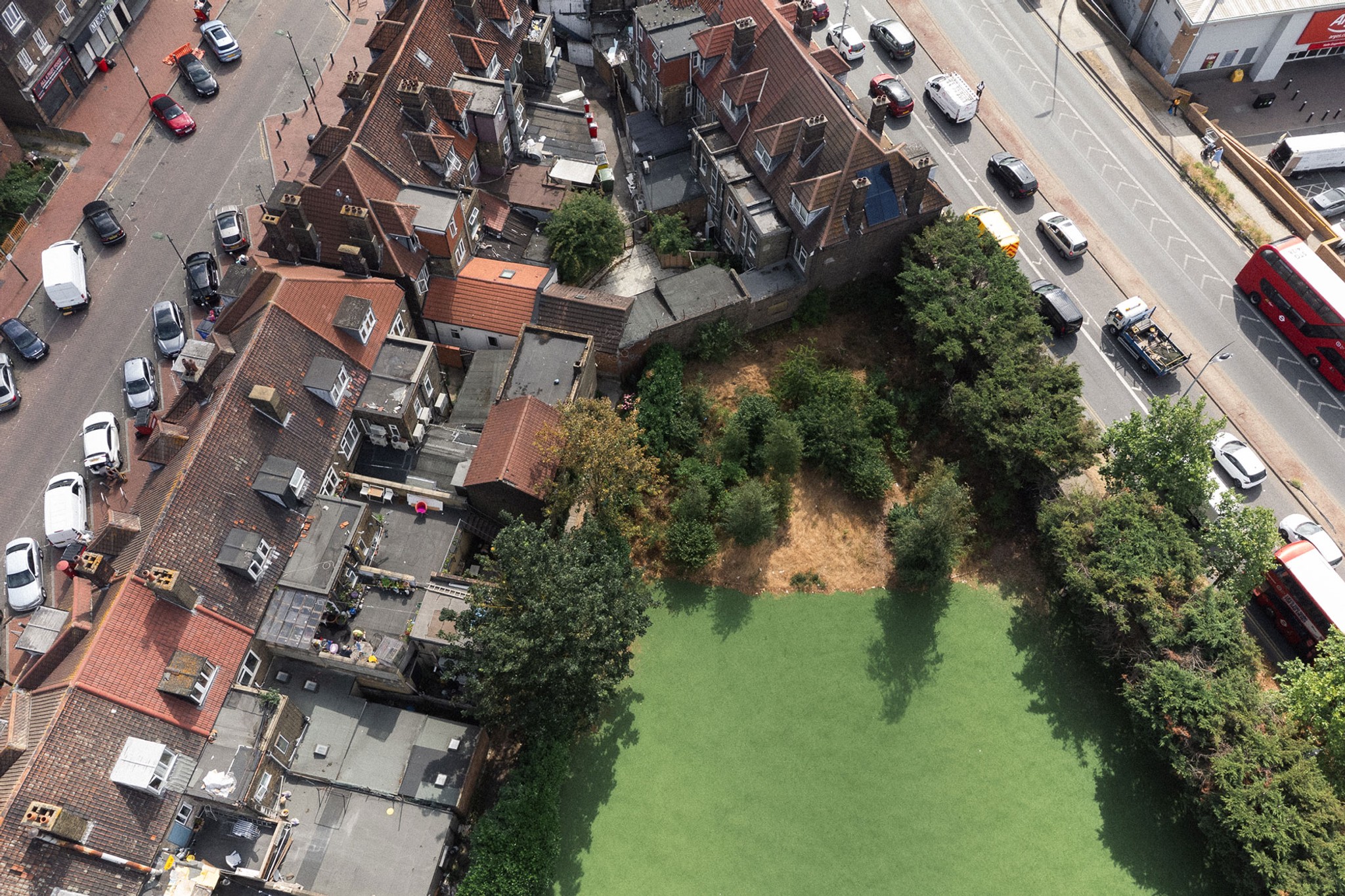

Legacy Forest
Legacy Forest is located in the dynamic borough of Barking and Dagenham as a living legacy for Queen Elizabeth.
In an area with a long history of industrial activity and high pollution levels, Legacy Forest has created a resilient biodiversity corridor, restored the soil and brought back ecological richness to a borough in desperate need of an investment in Nature.
As well as a boost for Nature, the forest is accessible to local people where they can take in the sights and sounds of the natural world - a restorative and tranquil space in the community. This living legacy will support the wellbeing of both people and planet long into the future.


Renewal Forest
We have planted this pocket forest in Castle Green Recreation Ground in Dagenham - a community hub used for sports, dog walking, and other recreational activities. The area’s heavy road traffic and industrial activity contribute to air pollution - notably nitrogen dioxide and particulate matter - posing health risks to vulnerable groups. This remains a health concern for the council, particularly in areas surrounding the main road - Ripple Road - where pollution levels are significantly elevated. The council has pledged to become a ‘cleaner and greener’ borough, focusing on improving air quality and enhancing biodiversity.
The 600 trees, including hawthorn and oak, will improve the air quality by acting as Nature’s air purifiers; capturing harmful pollutants and removing greenhouse gasses from the atmosphere. Currently, the park is predominantly grassland. This lack of vegetation exacerbates the heat island effect, as evidenced by the 2022 wildfires when temperatures soared above 40°C. By planting these trees, we've seen an increase in canopy cover, providing cooling to lower temperatures and mitigate this effect in the future. The forest also provides habitat and shelter for a range of flora and fauna, as well as a welcome space for local residents to connect with Nature.



Brook Forest
We are planting Brook Forest in Goresbrook Park, spanning 1,500 square meters across two sections. The forest will be home to 4,800 trees, transforming the park into a lush sanctuary and providing a biodiverse, green space for the local community.
This restoration enhances the entire catchment area, with Gores Brook – a stream that runs through the park – connecting it to the neighboring Parsloes Park, where the Forest of Thanks, another SUGi Pocket Forest, was planted. As the forest grows, it will serve as a space for recreation, education, and community engagement, highlighting the transformative impact of greening our urban spaces.



East London II — Natura Nostra Forest
This is the second Natura Nostra Forest in the borough of Barking and Dagenham, an area dominated by green deserts that is in desperate need of more pockets of biodiverse native forest
As with the first Natura Nostra Forest in Parsloes Park, this second iteration - located in Eastbrook End - is another visible demonstration of how Nature and urbanization can co-exist successfully, even in the most densely-populated metropolis.

